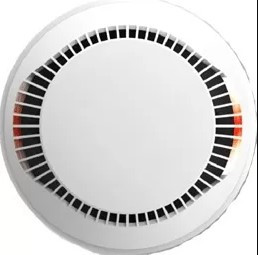Our intelligent fire detection systems combine cutting-edge technology with reliable performance to provide optimal protection for any environment. Advanced sensors detect smoke, heat, and flames at the earliest stages, minimizing response time. Artificial intelligence distinguishes between real threats and false alarms with 99.7% accuracy. Seamless integration with building management and emergency response systems. Real-time alerts and system status available on any device through our secure cloud platform. Our fire detection systems represent the next generation of life safety technology, combining multi-sensor detection with advanced analytics to provide unparalleled protection. Sensors evaluate temperature, smoke density, CO levels, and infrared patterns simultaneously for accurate threat assessment. Continuous system health monitoring with automatic fault reporting and maintenance alerts. Modular design supports installations from small buildings to large industrial complexes with thousands of detectors. Our fire detection systems meet and exceed all international safety standards, including EN 54, UL 268, and NFPA 72. Our systems are tailored to meet the specific needs of various environments and industries. Office complexes, retail spaces, and mixed-use developments requiring discreet, reliable protection. Manufacturing plants, warehouses, and processing centers with challenging environmental conditions. Hospitals and care facilities where patient evacuation presents unique challenges. Ready to streamline your regulatory compliance? Contact us today for a
consultation. Email: info@technoapogee.com Phone: +880 1715-642540, +880 1714-378008 Address: House 226, Road 3, Avenue 1, Mirpur DOHS, Dhaka, BangladeshFire Detection Systems for Industry as per NFPA, BNBC 2020 & RSC (RMG Sustainability Council)
Early Detection
AI Analysis
Integrated Network
Remote Monitoring
Intelligent Fire Detection Technology
Multi-Criteria Detection
Self-Diagnostic Capability
Scalable Architecture


Technical Specifications

Designed for Diverse Applications

Commercial Buildings

Industrial Facilities

Healthcare Institutions
Get in Touch



